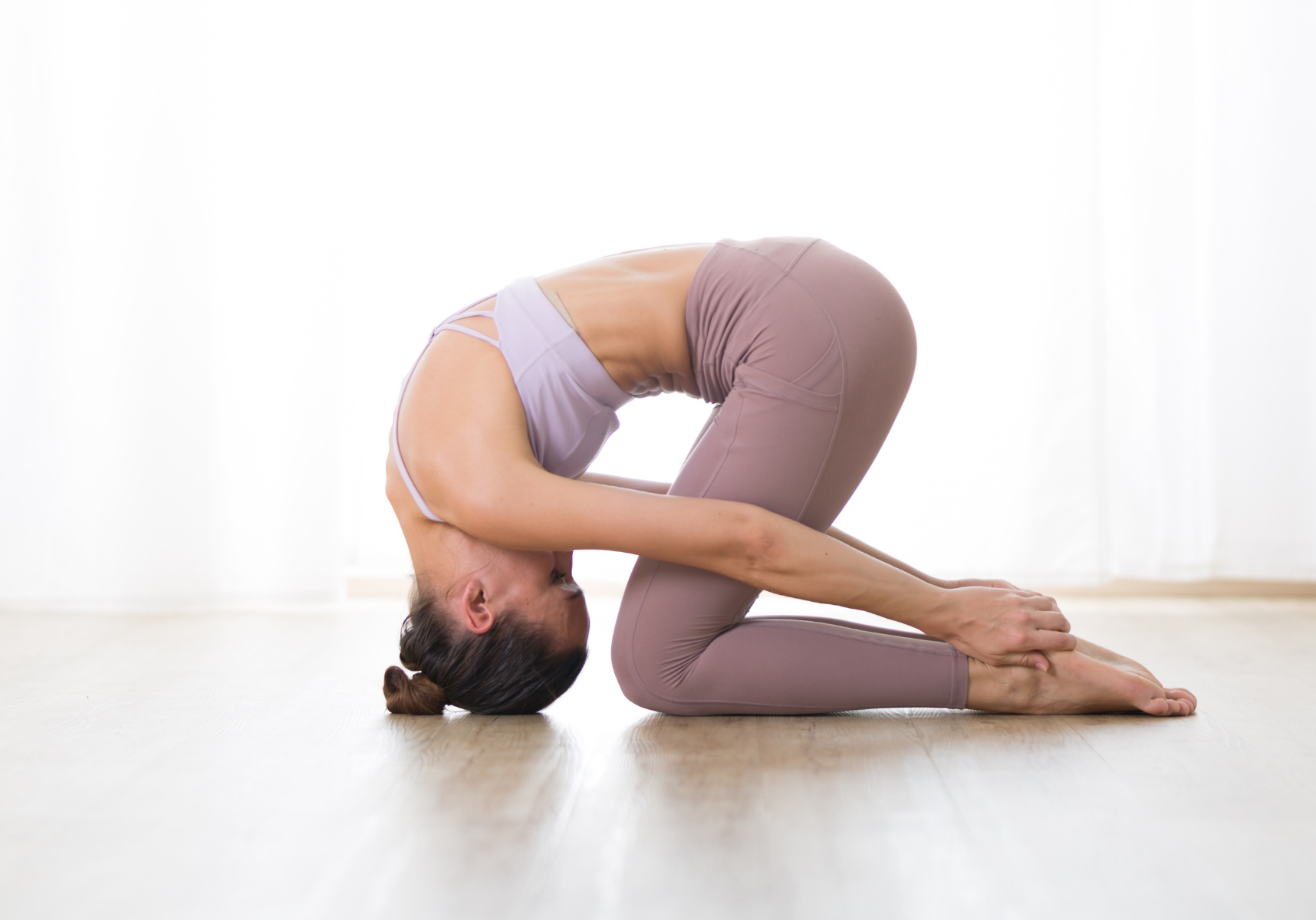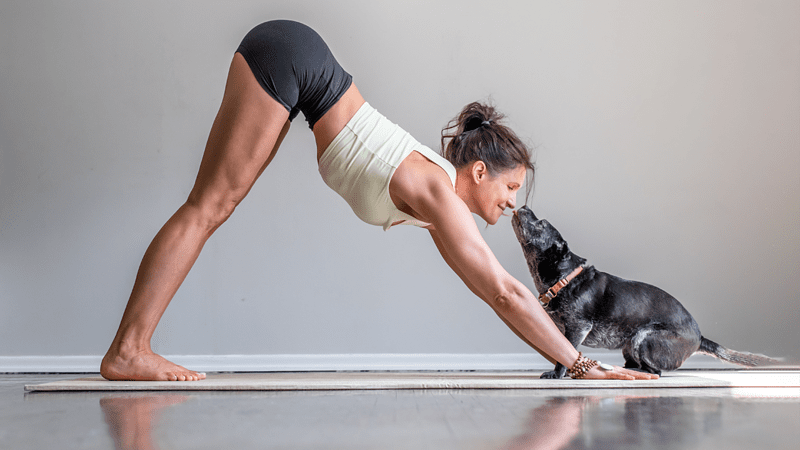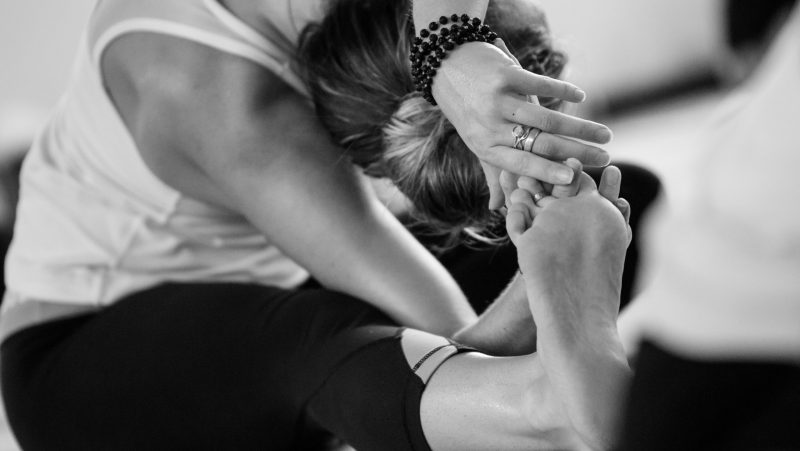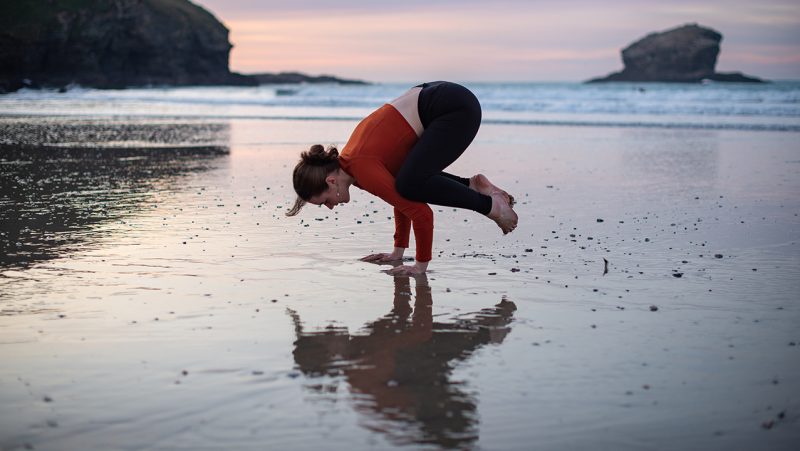
The Year of the Rabbit
Exploring Sasangasana - Rabbit Pose - By Diane Ashfield
Reading time: 4 minutes
Who doesn’t love a cute little bunny? Throughout literature, most rabbits featured in print are good and wholesome characters, if not sometimes depicted as a tad dim. Peter Rabbit – the iconic bunny created by Beatrix Potter - is warned by his mother that he will be shot if he ventures onto Mr McGregor’s land, but Peter just cannot resist the temptation of Mr McGregor’s fabulous vegetable garden! The White Rabbit from Lewis Carroll’s Alice’s Adventures in Wonderland is noted as being rather scatter-brained with an obsession with time-keeping. So bearing that in mind, you would think that those born in the Chinese Year of The Rabbit (1951, 1963, 1975, 1987, 1999) would have the same attributes as their literature counterparts – absent-minded, slow and dim-witted. Far from it! Although being noted as gentle and quiet, Rabbits are seen as quick-minded, witty and are always observant and alert – celebrities born in the Year of the Rabbit include David Beckham (noted for his nimble footwork) and Albert Einstein (renowned for his wit and high intellect).
Rabbits are quite common in the natural world, but Rabbit Pose – Sasangasana – is one of those poses you rarely see featured in a yoga class. This is such a shame, as Rabbit Pose has a host of benefits and is a lovely alternative posture to practice in place of Child Pose (Balasana), plus it’s an especially beneficial counter-pose to release the spine after practicing a deep back-bending asana.
When practiced regularly, Sasangasana:
- Lengthens the spine
- Stretches the upper arms and shoulders
- Reduces stiffness in the lower back muscles
- Relieves tension in the neck
- Encourages breath awareness
- Calms the mind
- Induces sleep
Even though Rabbit is classified as a quiet and unassuming beginner to intermediate pose, it’s not to be sniffed at, so it’s always a good idea to warm up the muscles and joints we will be using in order to practice safely. Warm ups for Sasangasana might include gentle neck and shoulder stretches, a simple seated forward bend or perhaps Extended Child Pose and Cat (Marjariasana) to stretch out and limber up the spine.
Once you feel that your muscles are sufficiently warmed, sit on your heels in Vajrasana (Thunderbolt), placing a blanket under the knees and shins for added comfort if required. Breathe in and on an exhale bring your head towards the floor as close to the knees as is comfortable so that the crown of the head touches the mat (you could use a block or blanket under the head if preferred). Lift the bottom, round the spine and encourage the hands to reach back on the mat in the direction of the heels or ankles, either catch hold of the feet if available, rest the hands on the mat beside the shins, or maybe interlink the fingers behind the back of the thighs. Stay here for a few, deep, easy breaths and notice how it feels – especially for the head and neck – perhaps visualise a bunny tail on the base of the spine reaching up towards the ceiling!
Rabbit is a fabulous pose for engaging all of the Bandhas – with each out breath encourage the stomach and pelvic floor muscles in and up towards the back of the waist, and the chin towards the upper chest. However, should breathing prove difficult or laboured in Sasangasana, come up or come out – remember that nothing is forced in yoga - including the breath. Some of you may prefer to explore a more challenging variation of Rabbit Pose, if this is you then keep the knees on the mat, but lift the feet off the floor, catch hold of the ankles or feet with the hands and draw the feet closer towards the buttocks. Remember to work to your measure and listen to your body.
On a deeper level, with the top of the head touching down, Rabbit Pose connects us to the Crown Chakra (Sahasrara). This can instil a deeper understanding of the world around us, whilst enveloping us in a state of calmness and bliss, so feel that you can release and let go of anything and everything with each exhalation. Feel the connection of your breath and body with the universe and when you are ready to come out of Rabbit, it feels amazing to stretch out the spine, arms and leg muscles in Downward Facing Dog (Adho Mukha Svasana).
Naturally, Rabbit Pose isn’t suitable for everybody, particularly those experiencing any neck, spinal or knee injuries, plus Sasangasana isn’t recommended during pregnancy.
2023 is the Year of the Rabbit, so if you’ve never come across Sasangasana before, in the words of Bugs Bunny: “What’s up Doc?” roll out your mat and give it a go - you might find yourself becoming a very happy bunny!





